
Commentaries | Dec 09,2023
May 17 , 2025
By Georgia Hammersley
Brazil has announced plans to launch a 125 billion dollar fund for the protection of tropical forests. It is a key element of the country's plan to ensure the success of the next United Nations Climate Change Conference (COP-30), which Brazil will host.
But, at a time when some of the world's wealthiest economies are slashing their foreign-aid budgets, and the United States is turning its back on climate action altogether, does the world need another climate fund?
Over the past three decades, more than 60 multilateral funds have emerged to raise financing for climate action in developing countries. Most are small and obscure, leaving around 19 sizable entities, including the Green Climate Fund (GCF), the Global Environment Facility (GEF), the Adaptation Fund (AF), and Climate Investment Funds (CIFs), that publicly report on their activities.
In theory, each entity serves a worthy purpose, and a few have gained some traction. In particular, the GCF has emerged as the second-largest multilateral provider of grant-based climate finance to the most vulnerable countries (after the World Bank). But, overall, their contributions are underwhelming. In 2021-22, the 19 funds tracked by the UN's Standing Committee on Finance delivered a mere 3.7 billion dollars, roughly 195 million dollars per fund. That is far less than the 55.7 billion dollars that multilateral development banks collectively provided for climate action, and nowhere near the trillions of dollars that developing economies need annually to close the climate-finance gap.
A key problem is that donors have not been stepping up to fund these entities. The US, the world's biggest economy and largest historical greenhouse-gas emitter, committed to providing a measly 17.5 million dollars to the much-touted Fund for Responding to Loss & Damage (FRLD), agreed at COP-28 in Dubai. At COP-29 in Baku, the AF fell well short of its 300 million dollars funding target, leaving it struggling to bankroll even the projects already in its pipeline.
Now, even these modest contributions are set to dry up.
President Donald Trump's Administration has withdrawn the US from the Paris climate agreement, abandoned the FRLD and other funds, and dismantled the country's foreign-aid apparatus. While not all wealthy economies are following in America's footsteps, many, including Belgium, Canada, Finland, France, Germany, the Netherlands, Sweden, Switzerland and the United Kingdom, as well as the European Union (EU), are also tightening their purse strings.
Together with the US, these donors accounted for 69pc of bilateral climate commitments to developing countries in 2021-22 and supplied 74pc of contributions to climate funds since 2003. Raising climate finance, which is always a difficult task, is becoming a Herculean one, meaning countries will have to figure out how to do more with less. The last thing the world needs is for this limited capital to be funnelled into a fragmented, inefficient system composed of dozens of narrow climate funds.
Climate funds were created to address shortcomings of existing multilateral institutions like the World Bank. For example, they offer "direct access" funding to national and regional entities, thereby promoting country ownership and helping to build institutional capacity. Their smaller scale and larger numbers were supposed to promote healthy competition and give recipient countries more options.
But, the fund landscape has become so crowded, with each entity possessing its own accreditation rules, approval processes, and compliance requirements, that recipients should navigate a bureaucratic maze to access any financing at all. All this red tape, which slows disbursements considerably, is especially burdensome for the most climate-vulnerable countries, such as small island developing states, whose institutional capacity is already stretched thin.
It does not help that keeping all these funds running costs money. The overhead of the Special Climate Change Fund, for example, represented more than half of its project commitments in 2019-21. This is hardly the best use of limited climate finance. It is also worth noting that, while climate funds are generally supposed to raise "new and additional" financing, this has seldom happened. Instead, they tend to draw from a fixed pool of public funds for sustainable development, which includes different climate-related projects and other critical priorities, such as health, education, and poverty reduction.
Far from creating yet another climate fund, delegates at COP-30 should focus on streamlining climate finance. A handful of funds with harmonised standards and processes would be far better equipped to deliver efficient and accessible funding and ensure that as few dollars as possible are wasted.
Experience suggests that such an effort might run up against considerable resistance. The CIFs were supposed to be a storage, to be wound down following the rise of the GCF. But in 2019, their governing committee scrapped the sunset clause, insisting, over the objections of experts and civil society organisations, on their continued relevance.
Ensuring that future efforts to build a more efficient climate-finance architecture are not similarly thwarted will require powerful actors to bring their influence to bear. This is the kind of climate leadership the world needs from Brazil.
PUBLISHED ON
May 17,2025 [ VOL
26 , NO
1307]


Commentaries | Dec 09,2023

Viewpoints | Aug 03,2024

Commentaries | Dec 23,2023

My Opinion | Feb 03,2024

Sunday with Eden | Aug 17,2019

Commentaries | Dec 07,2024

Commentaries | Nov 09,2024

Radar | Mar 23,2024

Commentaries | Dec 10,2018

Fortune News | Jun 26,2021
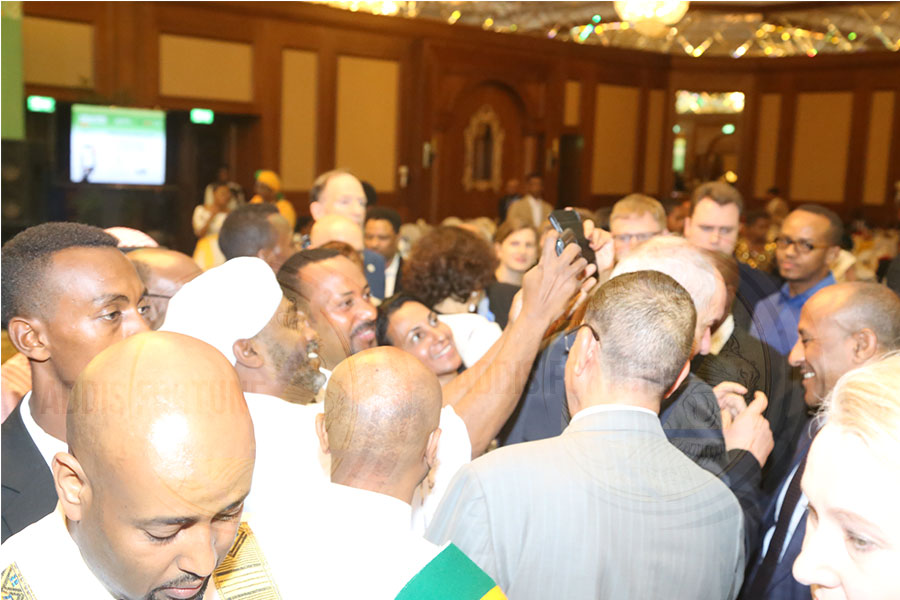
Photo Gallery | 178498 Views | May 06,2019
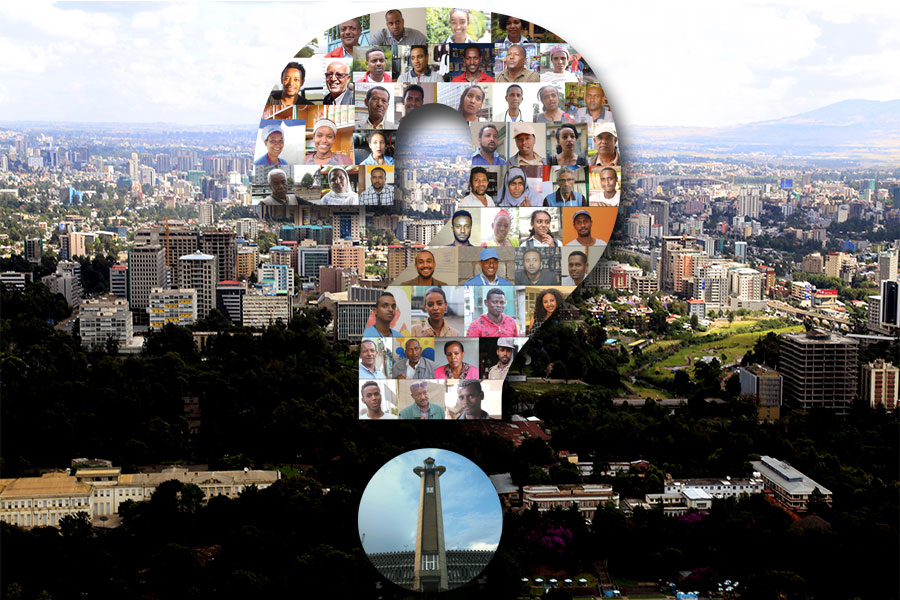
Photo Gallery | 168695 Views | Apr 26,2019
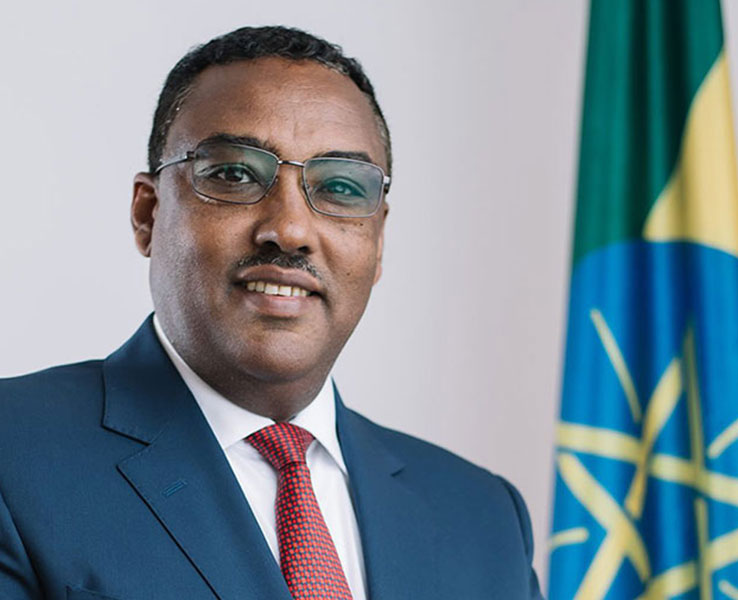
Photo Gallery | 159506 Views | Oct 06,2021

My Opinion | 137080 Views | Aug 14,2021
Commentaries | Oct 25,2025

Dec 22 , 2024 . By TIZITA SHEWAFERAW
Charged with transforming colossal state-owned enterprises into modern and competitiv...

Aug 18 , 2024 . By AKSAH ITALO
Although predictable Yonas Zerihun's job in the ride-hailing service is not immune to...

Jul 28 , 2024 . By TIZITA SHEWAFERAW
Unhabitual, perhaps too many, Samuel Gebreyohannes, 38, used to occasionally enjoy a couple of beers at breakfast. However, he recently swit...

Jul 13 , 2024 . By AKSAH ITALO
Investors who rely on tractors, trucks, and field vehicles for commuting, transporting commodities, and f...
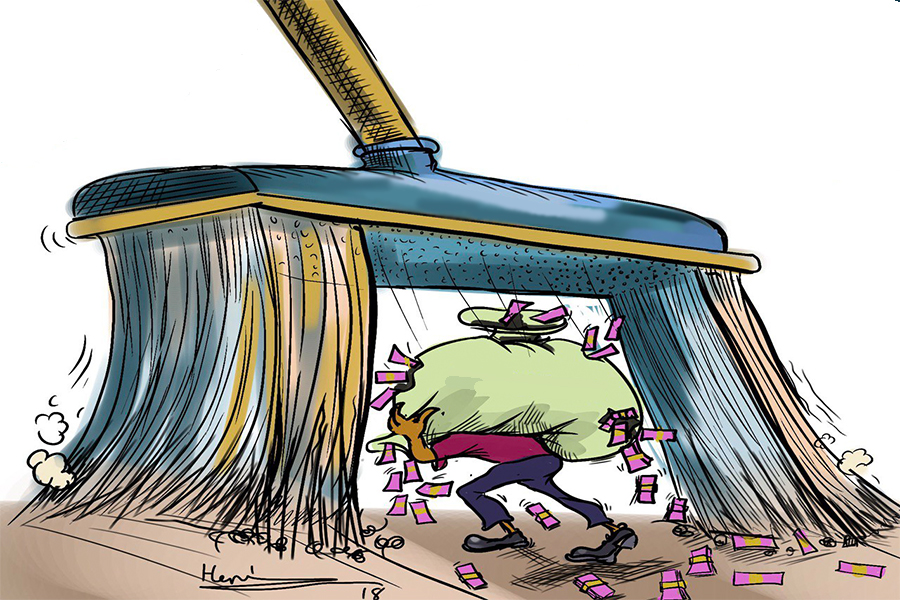
Oct 25 , 2025
The regulatory machinery is on overdrive. In only two years, no fewer than 35 new pro...
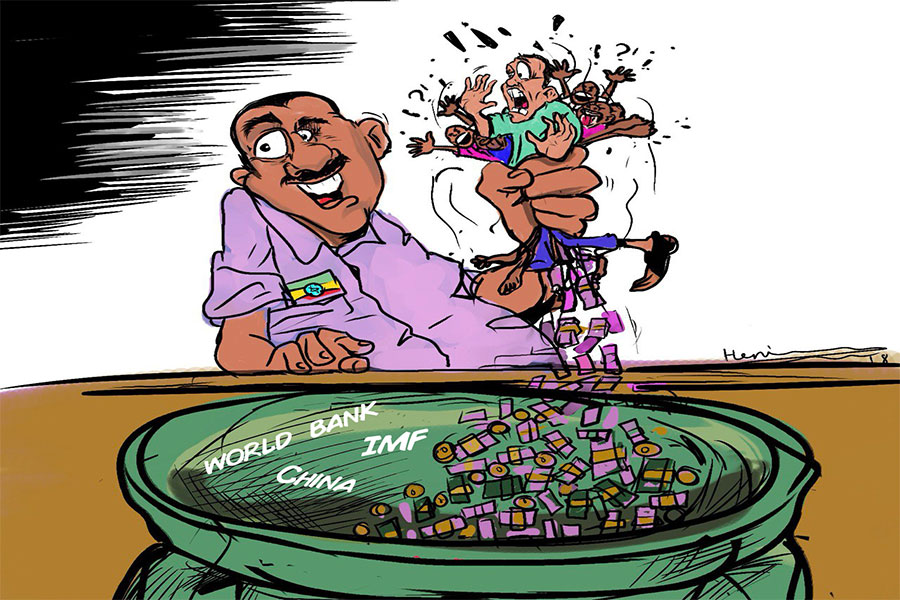
Oct 18 , 2025
The political establishment, notably the ruling party and its top brass, has become p...
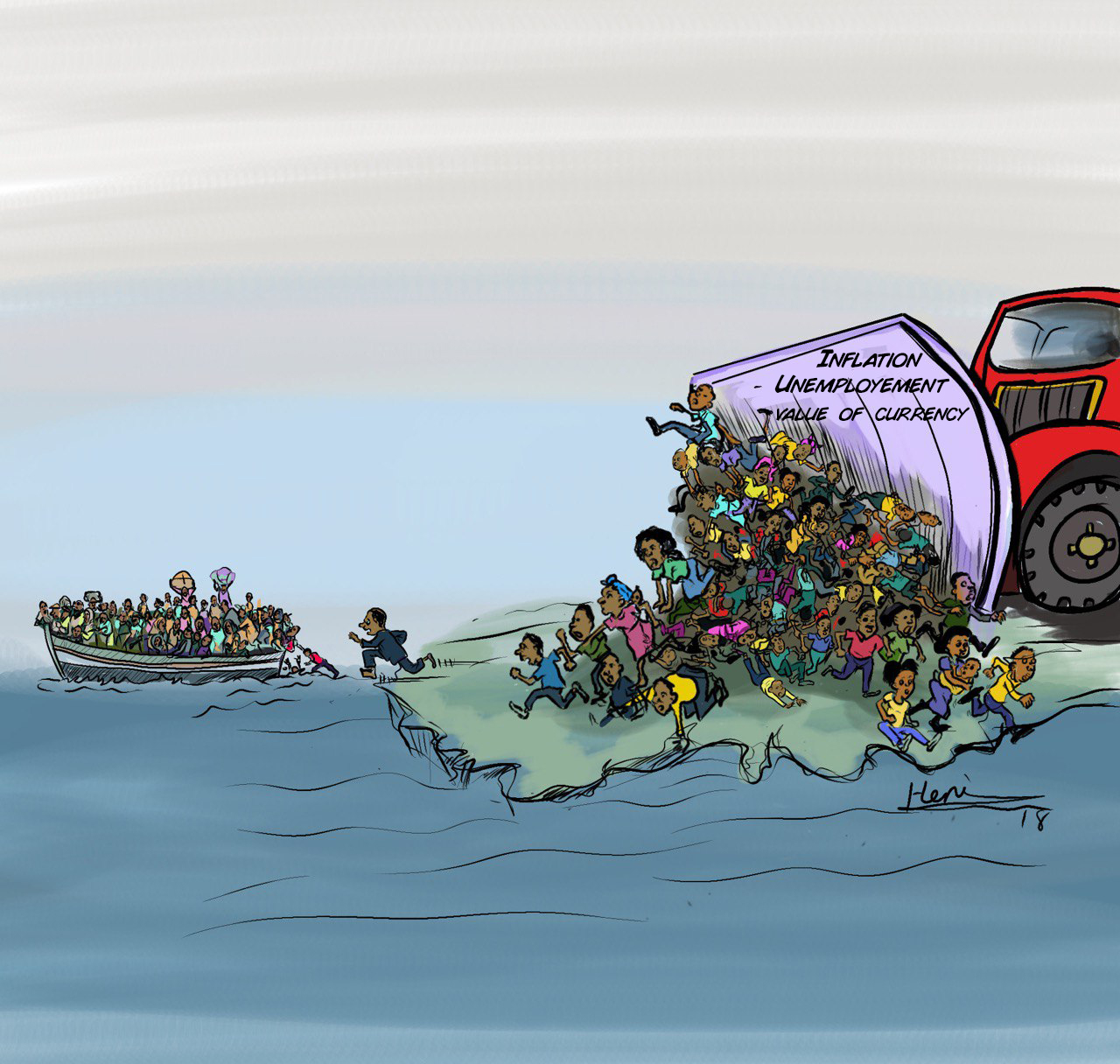
Oct 11 , 2025
Ladislas Farago, a roving Associated Press (AP) correspondent, arrived in Ethiopia in...
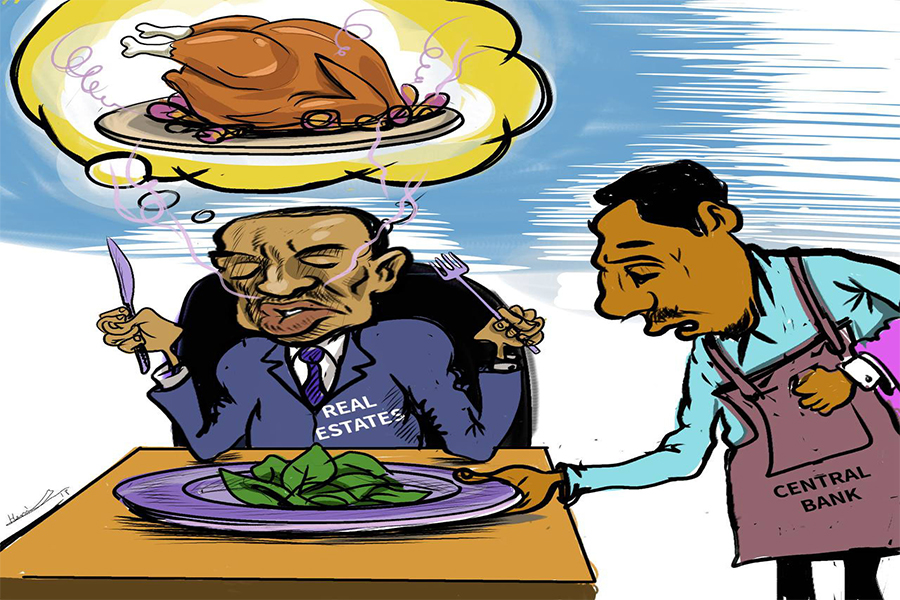
Oct 4 , 2025
Eyob Tekalegn (PhD) had been in the Governor's chair for only weeks when, on Septembe...
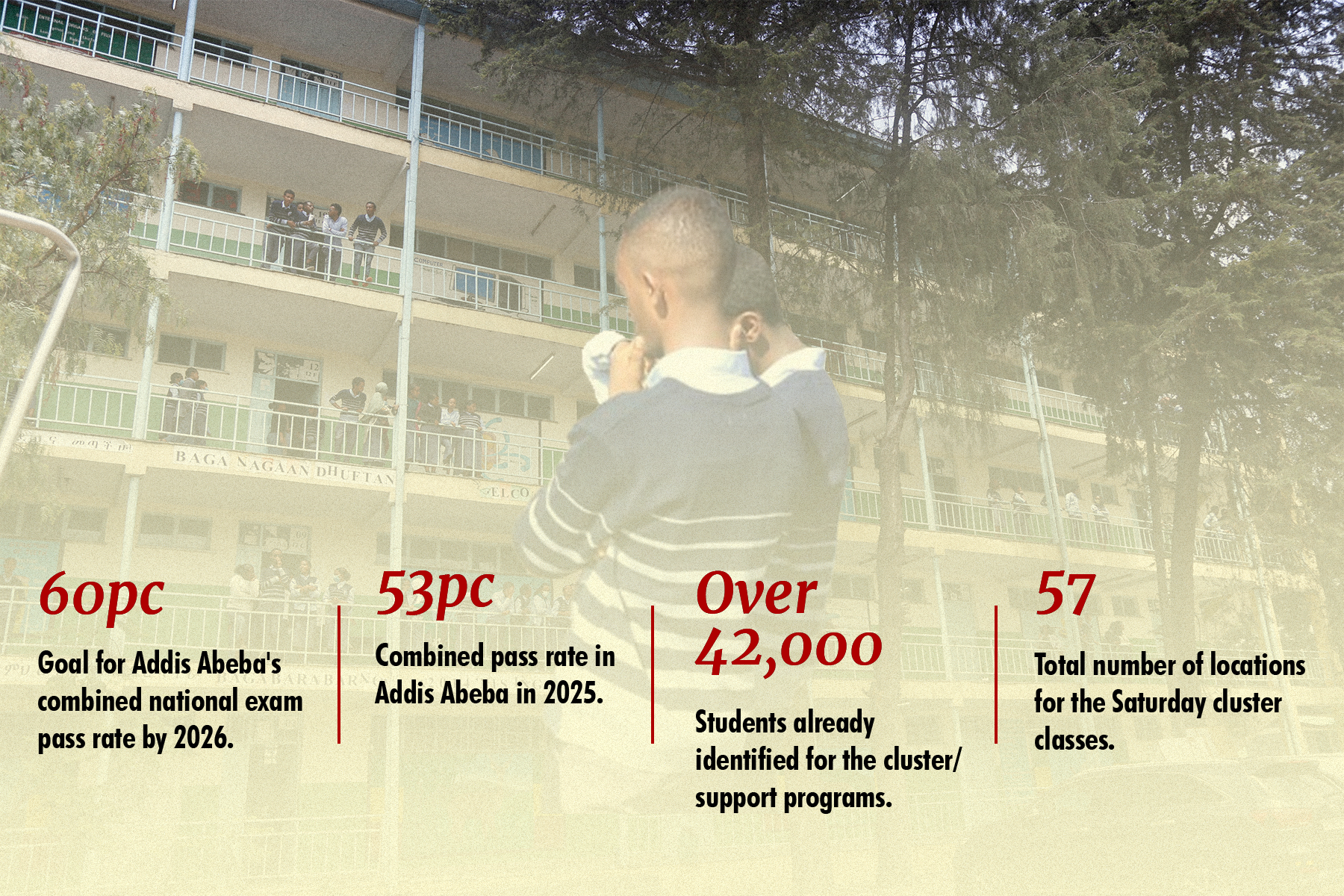
Oct 25 , 2025 . By YITBAREK GETACHEW
Officials of the Addis Abeba's Education Bureau have embarked on an ambitious experim...
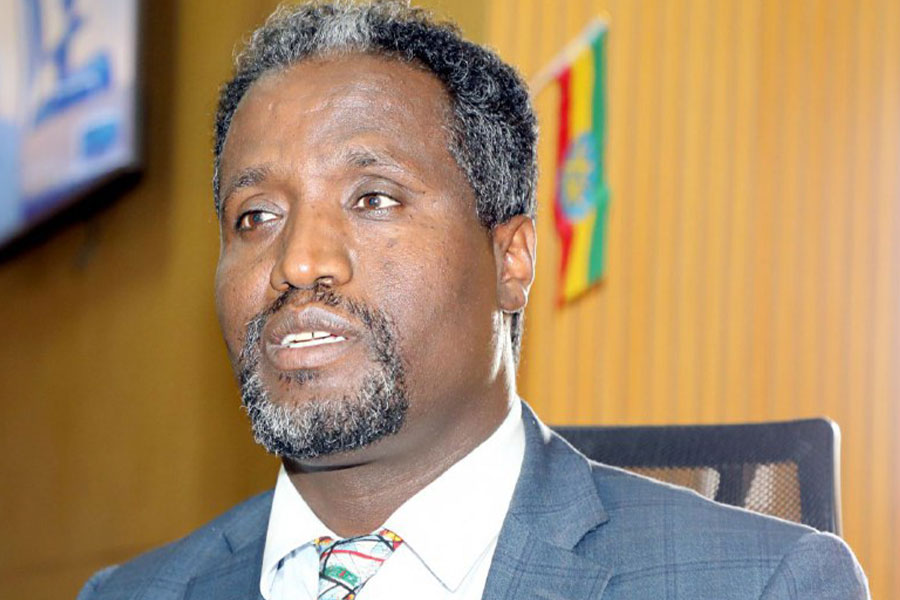
Oct 26 , 2025 . By YITBAREK GETACHEW
The federal government is making a landmark shift in its investment incentive regime...
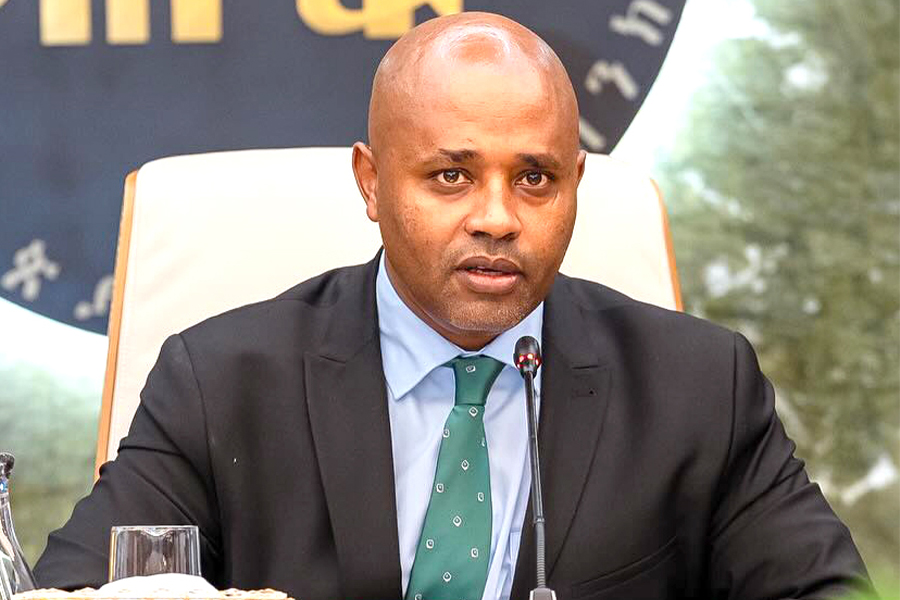
Oct 29 , 2025 . By NAHOM AYELE
The National Bank of Ethiopia (NBE) is preparing to issue a directive that will funda...

Oct 26 , 2025 . By SURAFEL MULUGETA
A community of booksellers shadowing the Ethiopian National Theatre has been jolted b...